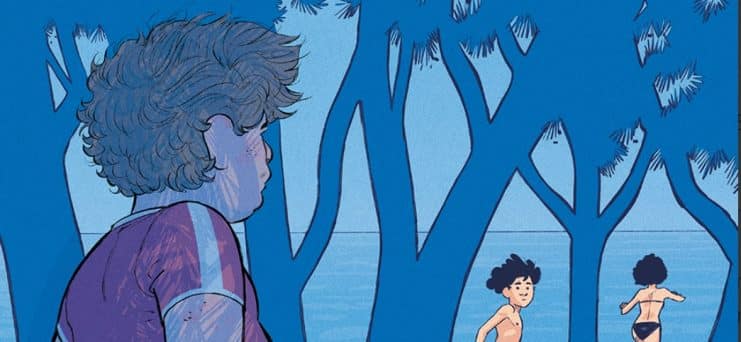
We called Javi Rey Babet
Sign Javi Rey We called him BabyA graphic novel that, through the eyes of a child named Carlos, transports us to the nineties of the last century in a context marked by the memories of childhood and the transition to adolescence, where responsibility is taking shape and the personalities are fixed.
Set in a small Imaginary city of Baix LlobregatInspired by Can Sellarés de Gavà, King’s work shows daily songs in Take a step towards adulthoodshowing the duel for neighboring beings, the family and the first love, with the background of the Spanish sport of time, where the cyclist Miguel Induráin he reigned in him France Tour.
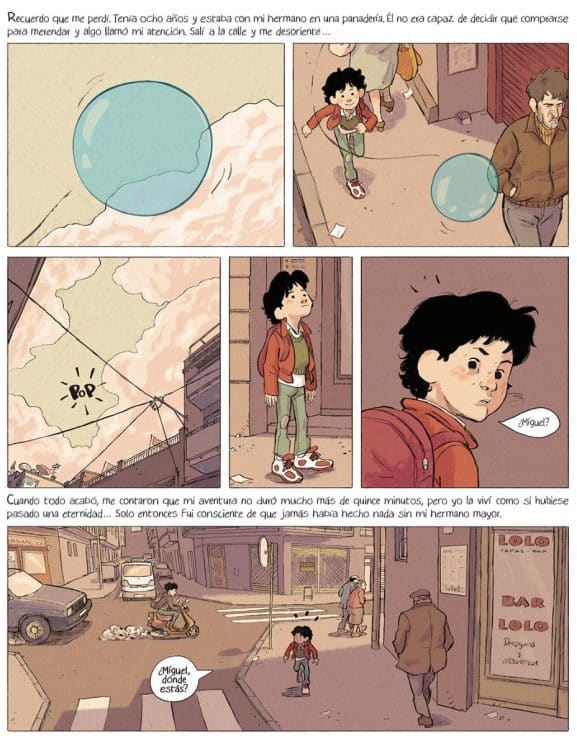
The name of one of the Brazilian players who marked an era in the Spanish football league, Bebeto, does not reflect the life of this player during his stay in the Super déporBut it makes this work an evocative power that connects to human experience, in particular to those who have lived those years with the same innocence and challenges of the protagonist.
History
The plot follows CarlosAn eight -year -old boy who, while he faces his mother’s mental illness, has to face the fragility of family relationships and the loss of protection of his older brother, Miguel.
During the Summers of 1994, 1995 and 1996Carlos experiences the complexity of childhood to adolescence, marked by his friendship with Beloveda character who refuses to grow and faces his disconnection with the adult world e Sadness, The premium child, his first love, which represents the desire to escape his limited reality.
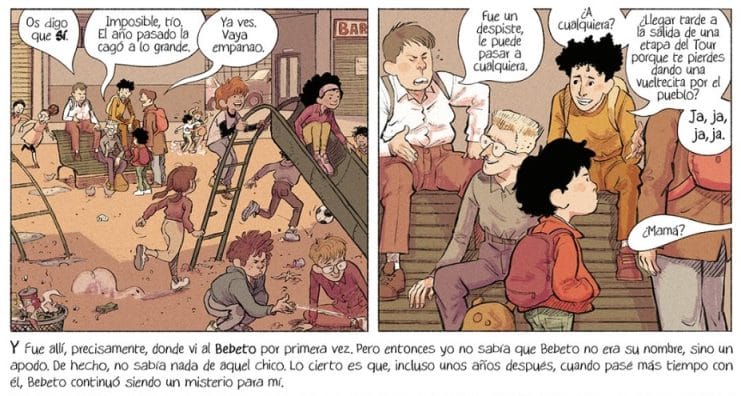

The author
Javi Rey He is an exceptional author in contemporary Spanish comic, who has been appointed for Eisner Awards in 2019, is known for his adaptations of literary works to the ninth art for some time, where he also narrated the loss of innocence. In this work, we called him Bebeto, King merges his love for writing and drawing to create a deeply personal and evocative work.
The story develops between the pain, nostalgia and beauty of those infinite summers, while the protagonist, Carlos, looking for his place in a world full of uncertaintiesshowing us an epilogue in 2019 as farewell to work.
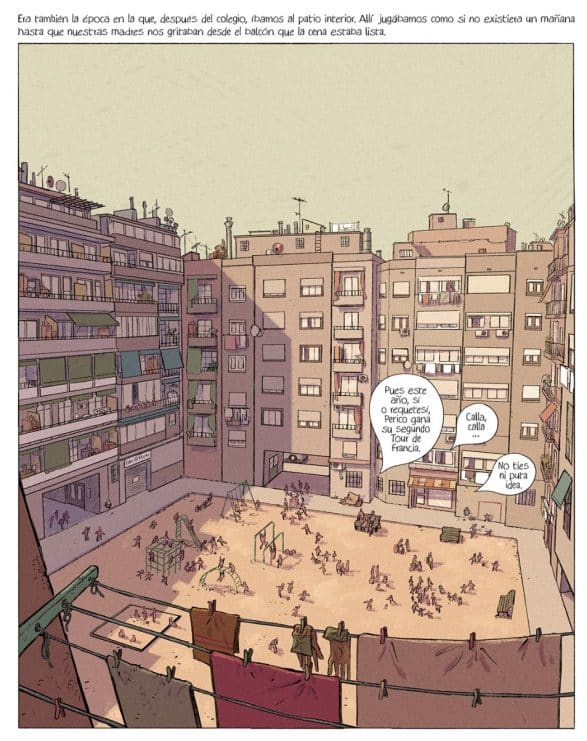

As for the graphic styleJavi Rey opted for a Most childish and very expressive approachwho approaches the drawing at the age of the protagonists, showing the innocence and vulnerability of the protagonists. With this style he knows how to emphasize and transmit to the reader the carousel of emotions circulating through the protagonists.
The color, responsible for Marcos MoránThat Javi Rey thanks at the end of the volume, plays a crucial role in the work, with a palette of colors that evokes the nostalgia for the summers of childhood and the memories of the nineties with that explosion of the color of the time, being an ideal frame for the protagonist to show his feelings.
In short, we called him Bebeto is a work that stands out for his ability to connect with the reader through a narrative that, although focused on a specific moment, speaks of emotions and universal experiences.
Edition
Editorial standard He posted in Spanish We called him Baby In Axisto everything colorwith a size of 21.5 x 27 cm and an extension of 144 pages.
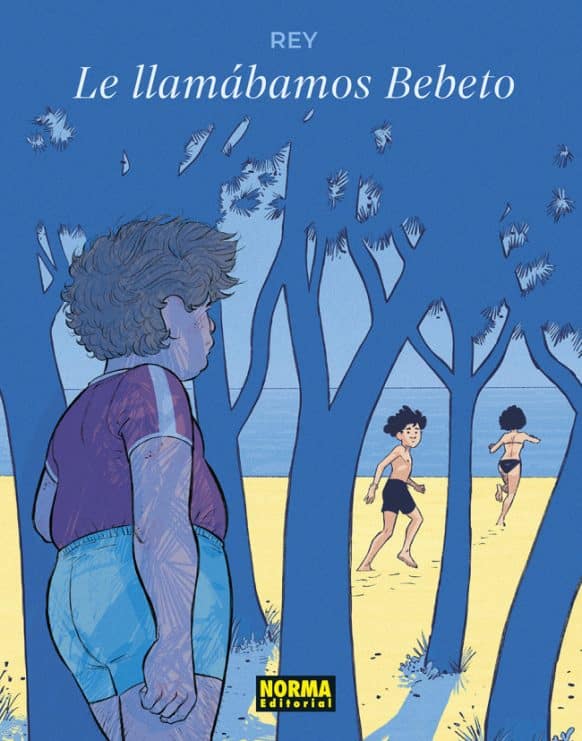

We called him Baby
Javi Rey crystallizes nostalgia in his most personal and moving work
“We called him Bebeto because everyone called him Be-BoVande and we didn’t care about what his real name was. We didn’t know much about him. Only he was bigger than us and who was always sitting in the stands to look at each other.
Javi Rey presents his most personal work. A drama of emotional costmbermist set at Baix Llobregat Catalán. A time trip loaded with nostalgia that tells us about the duel and the passage of childhood to adulthood.